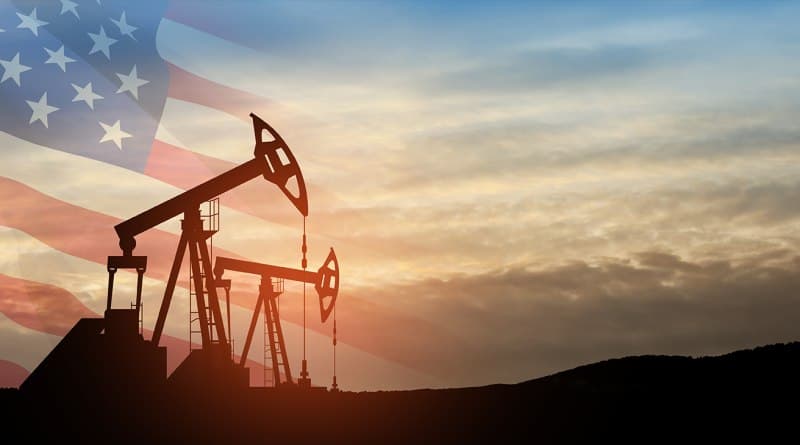Volcanic Eruption Follows 8.8 Magnitude Quake in Russia, Tsunami Warnings Issued
In a dramatic turn of events, the Klyuchevskoy volcano in Russia"s Far East has erupted following a massive 8.8 magnitude earthquake off the Kamchatka Peninsula. The Russian Geophysical Survey confirmed the eruption, which is characterized by explosive lava and ash emissions. As a precautionary measure, tsunami warnings have been issued across the Pacific region. While no fatalities have been reported thus far, significant damage to buildings has been noted, prompting urgent evacuation efforts in the surrounding areas.
Background & Context
The Kamchatka Peninsula, known for its volcanic activity, is home to numerous active volcanoes, including Klyuchevskoy, one of the most active in the world. The recent earthquake, registering at 8.8 on the Richter scale, is among the strongest to hit the region in recent history. Earthquakes of this magnitude can trigger a variety of geological phenomena, including volcanic eruptions, as the tectonic shifts can destabilize underlying magma reservoirs. The Klyuchevskoy volcano"s eruption is a stark reminder of the volatile nature of this seismically active area.
Historically, the Kamchatka Peninsula has experienced significant seismic activity, making it a focal point for geophysical research. The region"s unique geological makeup, formed by the convergence of tectonic plates, has led to both the creation of its stunning landscapes and the potential for natural disasters. This latest event follows a series of minor tremors recorded in the days leading up to the earthquake, signaling the possibility of an impending eruption.
Key Developments
According to eyewitness reports, the Klyuchevskoy volcano began spewing ash and lava shortly after the earthquake struck. Explosions have been heard in the vicinity, and a thick cloud of ash has risen into the atmosphere, affecting air quality and visibility in nearby communities. Local authorities have initiated evacuation procedures for residents living within a 30-kilometer radius of the volcano, prioritizing safety as the situation develops.
Emergency services are on high alert, and evacuation centers are being set up to accommodate displaced residents. The Russian government has mobilized resources to assist in the response efforts, with officials urging the public to remain vigilant and follow evacuation orders. As previously reported, the region is susceptible to both earthquakes and volcanic activity, making preparedness a critical factor in mitigating disaster impacts.
Broader Impact
The eruption of Klyuchevskoy and the accompanying earthquake present significant implications not only for the local population but also for the broader Pacific region. Tsunami warnings have prompted concerns about potential waves impacting coastal areas as far away as Alaska and the west coast of the United States. Geologists are closely monitoring the situation, as the interplay between seismic activity and volcanic eruptions can create hazardous conditions that extend well beyond the immediate vicinity.
Experts suggest that this event may serve as a wake-up call regarding the need for improved disaster preparedness in volcanic regions. The combination of an earthquake and volcanic eruption can lead to increased risks, including landslides and ashfall, which can disrupt air travel, agriculture, and local economies. As nations monitor the situation, the response to this crisis could inform future strategies for managing natural disasters in other high-risk areas, reflecting a growing awareness of climate change and geological instability.
What"s Next
As the situation unfolds, authorities will continue to assess the impact of the eruption and the earthquake, with scientists studying the geological data to better understand the phenomena at play. Evacuation efforts are expected to remain in place until the threat level decreases, and air quality is restored. Local governments are preparing to provide assistance to evacuees, including food, shelter, and medical care.
In the coming days, further updates from the Russian Geophysical Survey will shed light on the ongoing activity of the Klyuchevskoy volcano and any potential aftershocks from the earthquake. Residents and officials alike are bracing for the possibility of continued seismic activity, highlighting the importance of community resilience and preparedness in the face of natural disasters.


![[Video] Hayli Gubbi volcano in Ethiopia erupts for first time in thousands of years](/_next/image?url=%2Fapi%2Fimage%2Fthumbnails%2Fthumbnail-1763974873320-6wjm4c-thumbnail.jpg&w=3840&q=75)
![[Video] Ethiopia's Hayli Gubbi volcano erupts for first time in 10,000 years](/_next/image?url=%2Fapi%2Fimage%2Fthumbnails%2Fthumbnail-1763962878020-1g659v-thumbnail.jpg&w=3840&q=75)

![[Video] Vladimir Putin delivers speech in military uniform](/_next/image?url=%2Fapi%2Fimage%2Fthumbnails%2Fthumbnail-1764621642413-vh08a-thumbnail.jpg&w=3840&q=75)


